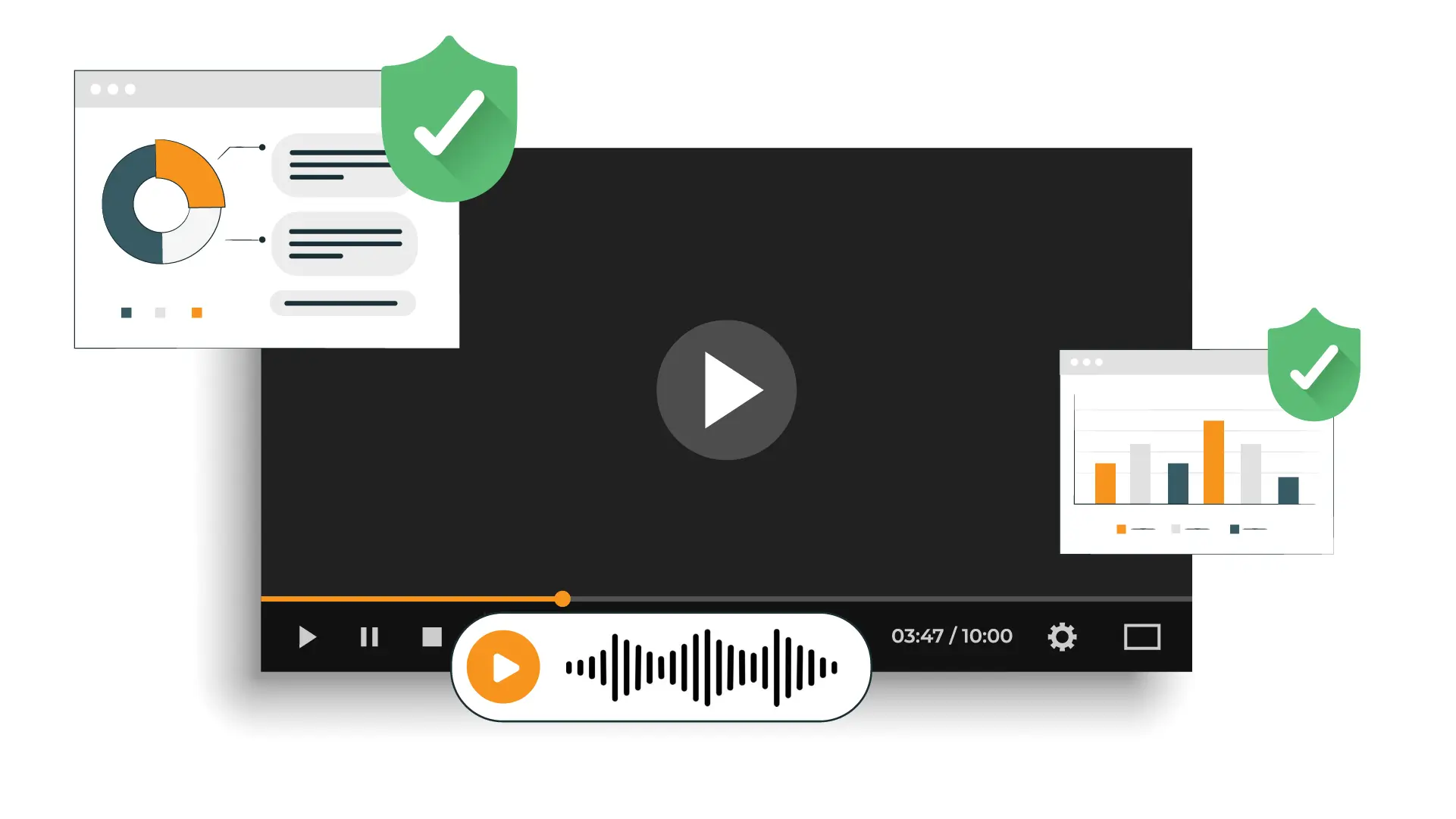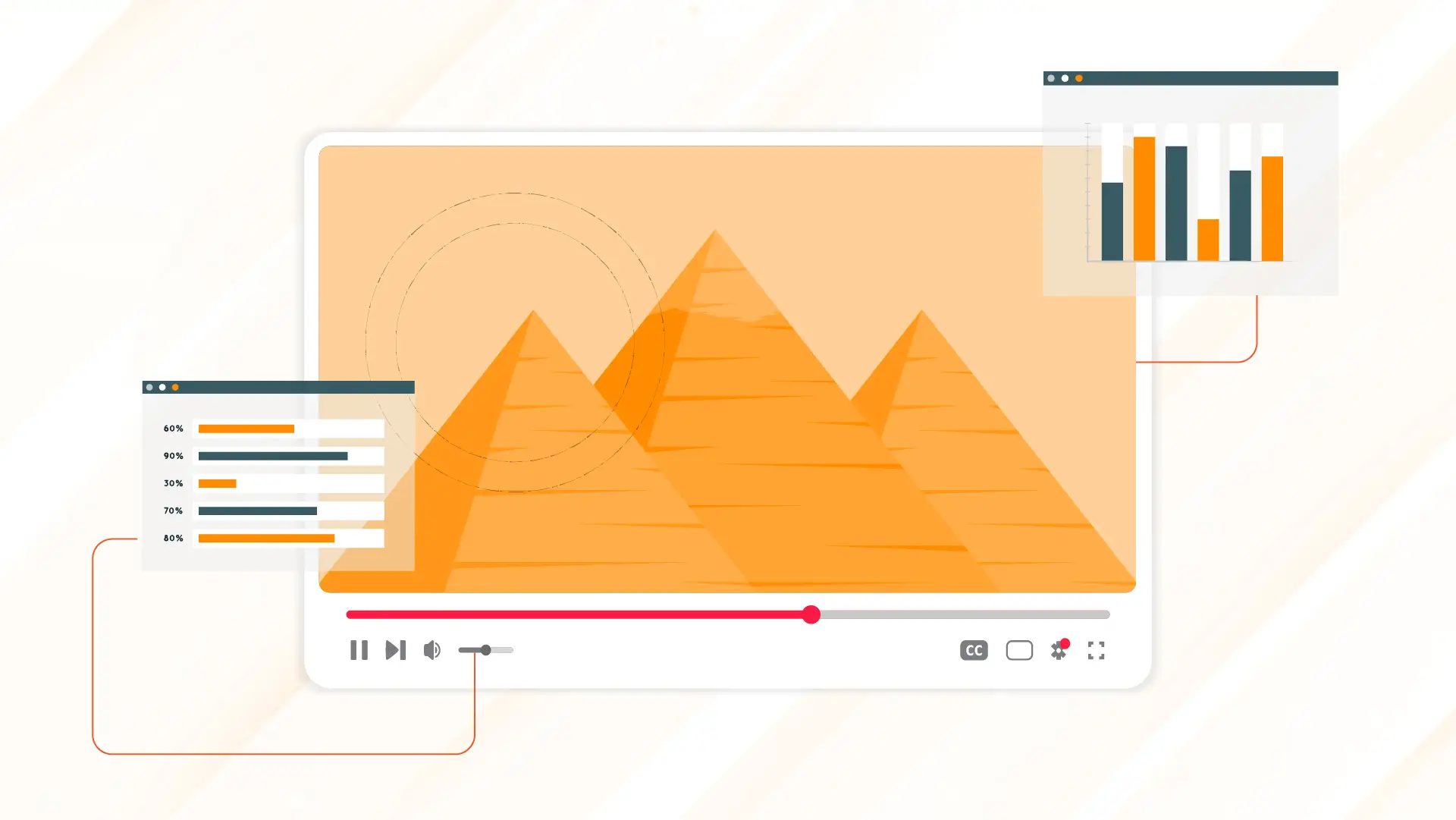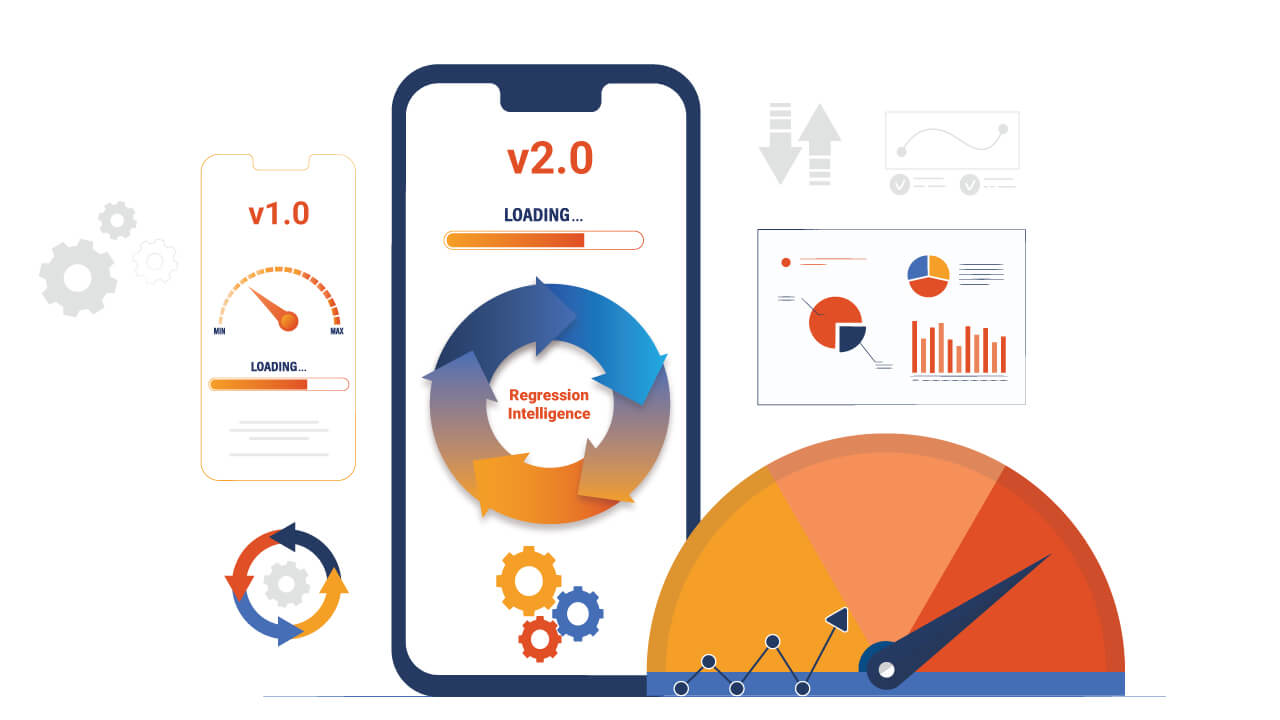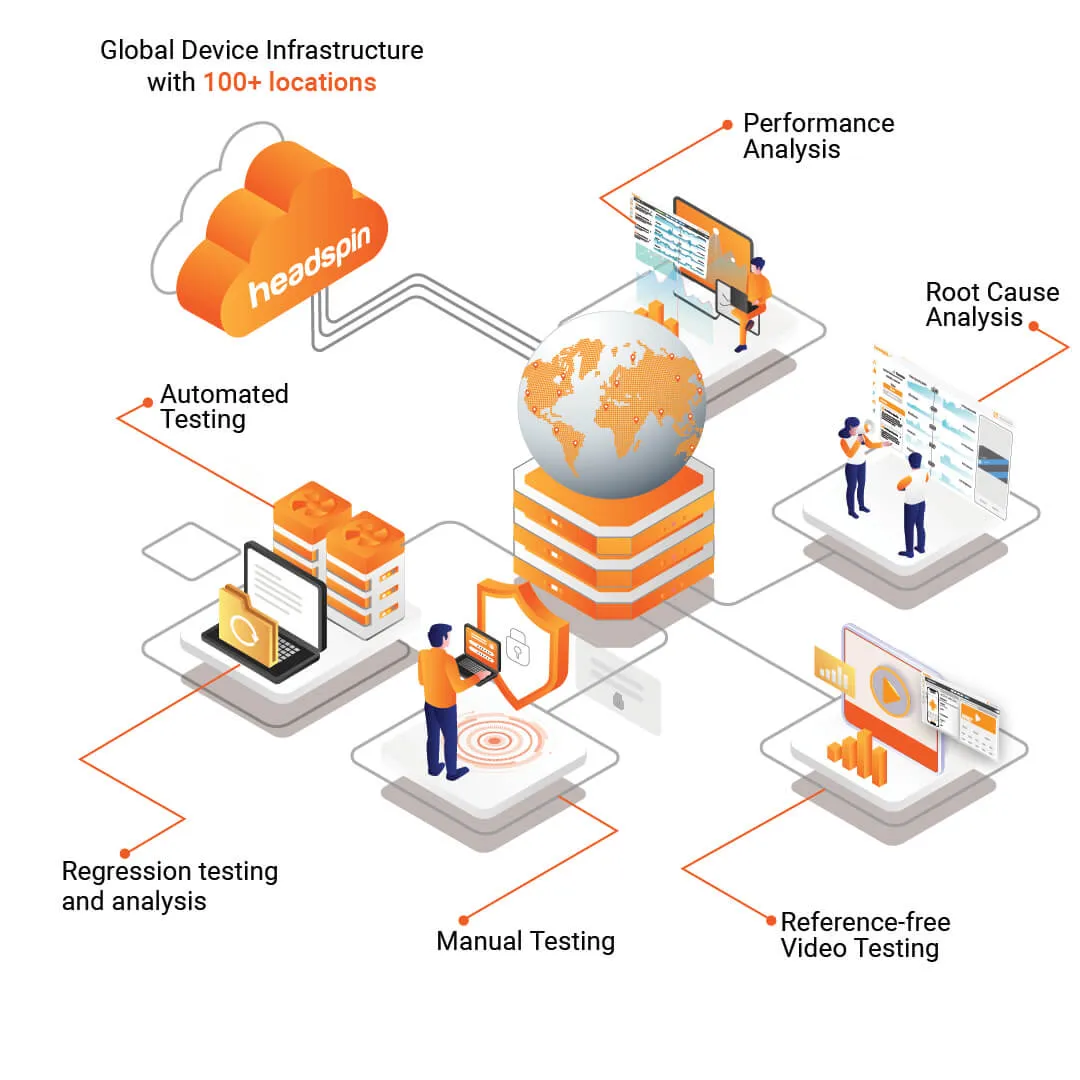A short delay in audio, a frozen video frame, or choppy playback is enough to make users abandon a stream or switch to another platform. These playback issues often go unnoticed during development and only become apparent on specific devices or under unstable network conditions.
Without targeted testing, issues such as lip-sync mismatches, buffering during seek, or resolution drops under poor network conditions often reach production. These problems are complex to detect without real-device playback, network variability, and interaction-level testing.
This blog explores the common challenges in testing audio and video experiences, outlining practical strategies to detect and resolve playback issues and ensure a seamless user experience.
Factors That Lead to Poor Audio-Video Experience for Users
Good audio and video playback depends on how the app runs on different devices and networks. Here are common playback issues that only appear on real devices and live network connections:
1. Hardware and OS-Level Differences
The same stream may work smoothly on one device but stutter, lag, or lose sync on another. This usually happens because devices differ in how they decode media, manage playback resources, or apply power-saving limits. These variations lead to inconsistent playback across different devices and usage conditions.
2. Unpredictable Network Conditions
Weak or unstable internet connections often cause buffering, audio lag, and sudden drops in video quality. These network-related disruptions vary by location and device and are hard to detect. As a result, users frequently face performance issues in real-world usage.
3. Limited Visibility Into Performance
Most teams lack a clear understanding of how audio and video performance behave across different builds, devices, or user conditions. Without proper monitoring, gradual performance issues such as slower startup, audio lag, or frame drops can remain hidden until users begin to experience them.
4. Poor Gesture-Based Playback Controls
Users interact and control media playback using gestures such as swiping, tapping, dragging, or pinching. These gestures can affect how the content responds, causing unintended skips, lags, or UI freezes, especially on touch-heavy interfaces or low-performance devices.

Reliable Testing Strategies for Smooth Audio/Video Experiences
Many playback issues become apparent only under real-world conditions, such as device limitations, network variations, or content restrictions. These strategies help QA teams uncover and fix AV problems early in the release cycle:
1. Test Across Real Devices and Platforms
Audio and video behavior can change depending on the device. Differences in hardware acceleration, decoding methods, and rendering pipelines can cause playback inconsistencies.
Testing on real SIM-enabled devices, such as phones, tablets, smart TVs, OTT devices, and media players, helps identify platform-specific issues, including frame drops, resolution shifts, and sync problems.
2. Test Performance Under Real Network Conditions
Playback issues often surface only under real-world network conditions, such as 2G, 3G, 4G, 5G, or unstable Wi-Fi. Testing across real carrier networks and locations helps reveal problems, such as slow startup, buffering, and bitrate drops, that may not be apparent in controlled environments. Running these tests across both your app and comparable apps under the same conditions helps benchmark performance and highlight areas where your playback experience may fall short.
3. Track Audio Video Metrics to Prevent Performance Issues
Teams should track industry-grade metrics, such as VMOS and UVQ, that quantify overall audio and video quality, along with playback KPIs, including startup time, audio delay, CPU load, and frame rate. Monitoring these across builds, devices, and locations helps detect gradual performance drops that routine tests may miss, allowing teams to catch issues early.
4. Test Real Gestures and Touch Interactions
In many media apps, gestures such as swiping, tapping, dragging, and pinching affect playback. Verifying these interactions on real devices ensures there are no delays or visual disruptions caused by gesture input. This also helps validate UI responsiveness during playback or gameplay.
Wrapping Up
Playback issues in media apps typically occur when content is streamed across different devices, over inconsistent networks, or with region-specific formats. Many of these problems aren’t visible in structured or limited testing environments. That’s why validating AV performance in real-world conditions across devices, networks, and actual user interactions is critical to delivering a consistent and smooth user experience.
HeadSpin provides real-device access across global networks with support for AV metrics. It helps teams identify playback issues, such as dropped frames, resolution shifts, and more, across a wide range of devices and conditions.
Run your AV tests on real devices with HeadSpin. Book a Call
FAQs
Q1. Why is audio-video testing treated differently from standard functional testing?
Ans: AV quality depends on timing, sync accuracy, resolution stability, and how these behave across devices and networks. Unlike typical UI or API tests, AV testing requires visibility into perceptual experience, which calls for a more specialized approach.
Q2. Can AV testing be integrated into our existing CI/CD workflows?
Ans: Yes. HeadSpin’s automation support and APIs allow AV playback validation to run during every build or release cycle. Teams can track regressions and AV KPIs without slowing down deployments.
Q3. How does investing in AV testing impact user retention or business metrics?
Ans: Users may not always report playback issues and may quietly leave for competitors. Catching AV bugs early helps reduce churn, cut support costs, and improve ratings. Thus, leading to improved user engagement.



























.png)




















-1280X720-Final-2.jpg)






